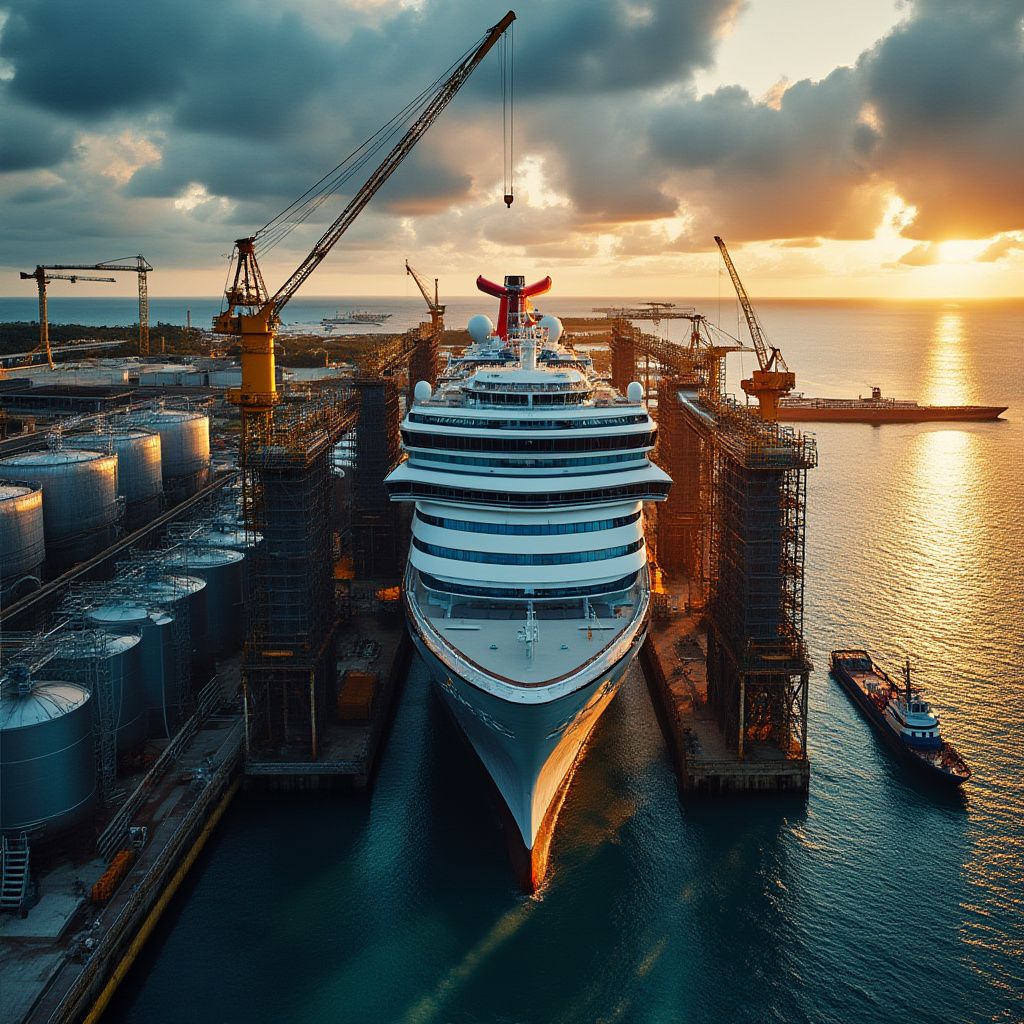Carnival Just Raised Its Profit Target—But Fuel Could Spoil the Party
Carnival raised its 2025 profit forecast on robust demand and pricing, Reuters reports. Fuel and dry‑dock costs loom—here’s what it means for cruisers.

Carnival Corporation lifted its 2025 profit forecast after a better‑than‑expected quarter, thanks to resilient cruise demand and higher pricing, according to Reuters on September 29, 2025. Management also warned that rising fuel and scheduled dry‑dock work will pressure margins—even as the booking pipeline stays strong.
Pricing power is doing the heavy lifting
Reuters reports Carnival’s quarter beat expectations on the back of strong ticket pricing and robust onboard spend—think bundled drink packages, Wi‑Fi, specialty dining, and shore excursions. That combination has been the industry’s post‑pandemic engine: sell cabins at healthier rates, then monetize time onboard without relying solely on discounts.
It’s not just pent‑up demand anymore. At this stage of the recovery, cruise lines have targeted yield (revenue per passenger day) and occupancy, while leaning into dynamic pricing. Carnival’s comment that onboard revenue remains strong is particularly telling; it’s stickier than flash sales, and it reflects a customer base comfortable pre‑purchasing packages.
For travelers, that pricing power shows up as fewer last‑minute steals and more value baked into bundles. For investors, the lever is clear: every dollar of onboard spend drops to profit more efficiently than headline fare hikes, assuming costs don’t spike.
Quick stats at a glance
- Source: Reuters, September 29, 2025
- Guidance: 2025 profit forecast raised
- Demand drivers: higher ticket pricing; strong onboard revenue
- Cost headwinds: fuel prices; planned dry‑dock maintenance
The hidden drag: fuel and maintenance cycles
Carnival flagged two margin headwinds: fuel and dry‑dock work. Fuel is the wild card many casual observers overlook. Cruises burn marine fuel (often marine gasoil or very‑low‑sulfur fuel oil), and price swings can hit quarterly results fast. Hedging helps but doesn’t eliminate volatility.
Dry‑docks—the required maintenance windows when ships leave service for upgrades and regulatory work—also affect revenue days and temporarily lift costs. These periods enable efficiency improvements and experience upgrades, but near‑term they dent margins.
Put simply: Carnival’s demand story is real, but the cost story is real too. When both move at once, you get exactly what Reuters describes—higher full‑year profit expectations paired with caution on margin pressure.
What this means for fares, perks, and onboard spend
The immediate read‑through for cruisers: fewer deep discounts, more packaged value, and continued upsell energy once onboard. If demand stays resilient, lines typically prioritize yield over volume, nudging rates up while offering curated bundles that feel like savings.
On the flip side, rising fuel costs can push lines to tweak itineraries, adjust speeds, or increase fuel surcharges where permitted. Dry‑dock schedules can tighten near‑term capacity on specific ships or routes, which can underpin pricing on the remaining sailings.
For loyalists, the loyalty math still matters: perks and onboard credit can offset price firmness. But expect tighter promotional windows and more dynamic rates around school holidays and marquee itineraries.
Investors vs. passengers: who wins now
From an investor perspective, the signal is positive: raising a profit forecast into known cost headwinds speaks to pricing power and a healthy booking curve. According to Reuters, the driver mix—higher ticket pricing plus strong onboard revenue—supports a view that the demand base is durable, not a one‑off.
For passengers, the trade‑off is subtle. You may pay a bit more upfront, but you’ll likely see better‑curated bundles and refreshed ships emerging from dry‑dock. The real pinch for value hunters comes if fuel stays elevated; that can limit last‑minute deals and make shoulder‑season steals rarer.
Pros and cons snapshot
- Pros: stronger booking trends; upgraded onboard experiences; clearer value bundles.
- Cons: potential fare firmness; possible fuel surcharges; fewer last‑minute bargains on popular routes.
What to watch in the next two quarters
- Fuel trendlines: Sustained increases would test margins and pricing elasticity.
- Dry‑dock cadence: Which ships are out, when they return, and how upgrades support pricing.
- Onboard spend health: If pre‑cruise package sales and onboard purchases stay elevated, Carnival’s mix will cushion cost spikes.
- Capacity growth: Newbuilds and redeployments can influence regional pricing dynamics—even with strong demand.
Timeline
- September 29, 2025: Reuters reports Carnival raises its 2025 profit forecast, citing resilient demand and pricing; warns on higher fuel and dry‑dock costs.
Bottom line
Carnival’s guidance lift says the cruise recovery is past its fragile stage and into a pricing‑power era. The catch: fuel and maintenance will take their bite. If onboard spending stays hot and ships return from dry‑dock with revenue‑boosting upgrades, the company can still expand profit even if margins wobble quarter to quarter.
For travelers, the takeaway is simple: book earlier, watch for bundle value, and be flexible on dates. For investors, track the cost curve as closely as the booking curve. The demand is there—the question is how much of it drops to the bottom line.
Summary
- Carnival raised its 2025 profit forecast after a stronger‑than‑expected quarter, per Reuters.
- Pricing power and robust onboard revenue are doing the heavy lifting.
- Fuel and dry‑dock costs could squeeze margins in the near term.
- Expect fewer deep discounts but more value‑driven bundles.
